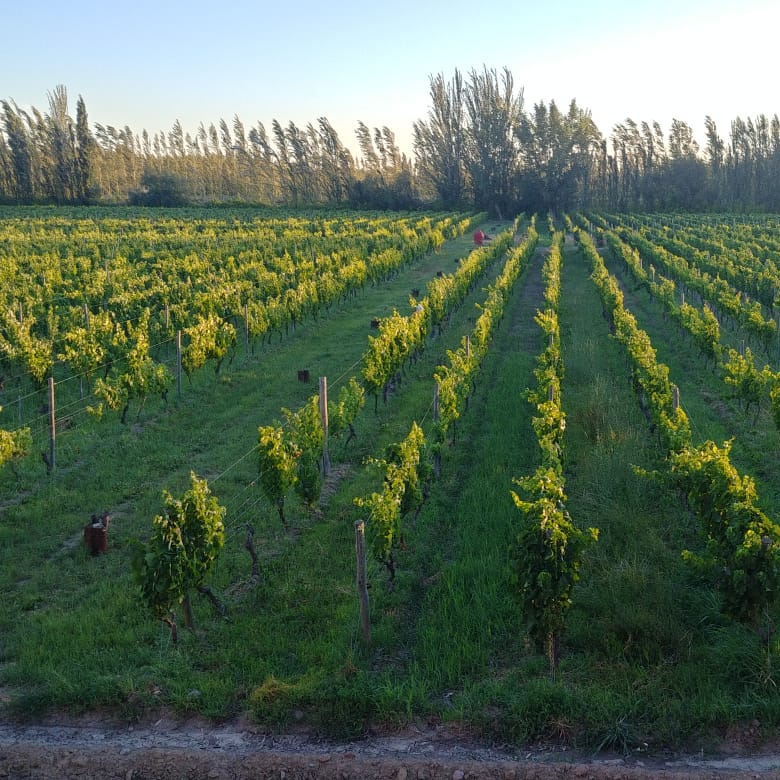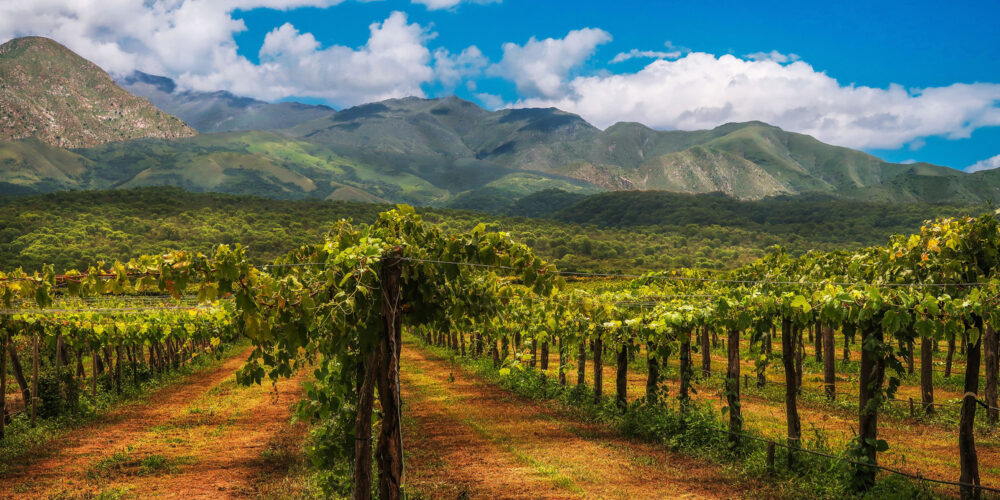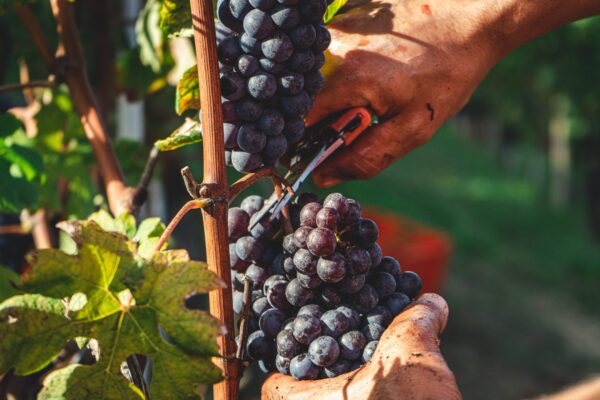Today, our chief wine adviser invites you to discover Argentina’s vineyards. Argentina has been a winegrowing country for more than 500 years, since the arrival of the first Spanish colonizers in South America.
History of Argentina’s Vineyards
North America has had a reputation for wine for many years, however Chilean and Argentinian wines were discovered by the world much later.
Today Argentina is incontestably the South American country with the strongest winegrowing tradition. And while the focus was long on producing great quantities, today the country’s wine quality has been much improved.
Nowadays, Argentinian wines tend to compete with European wines. Emerging as a model for new world wine, the country attracted much attention. Argentina is one of the largest producers worldwide – producing 940 million litres or the equivalent of 3.5% of global wine, it ranks fifth in the world for wine production. It is also a country with a well-established culture of drinking wine and a flagship grape variety: Malbec. In short, Argentina has all the necessary elements to be an important wine country.
Argentinian Wine, a Long Tradition
Argentina has everything of a great winemaking country. Its vineyards developed in the 17th and 18th centuries giving it an ancestral tradition of wine; today it has come of age as a wine country thanks to political stability.
The quality of its wines significantly improved in the 1980s with the arrival of foreign investors who encouraged the production of more upmarket wines. Today, Argentina is one of the world’s great winegrowing nations and many international awards are won by its wines.
Argentina is also a country with a strong tradition of food, and food of course means wine. Argentinian people are food lovers. The country is famous for its giant barbecues or parilladas with their fine cuts of beef, which obviously need great wines to go with them.
Argentina’s Grape Varieties
The Malbec grape variety has forged the identity of Argentina as a wine country. Malbec is a variety that originates from the South of France. It is known by the name Auxerrois in the Quercy region, Bouchalès in Haute-Garonne, Cot or Côt in the Loire Valley, Mauzat or Noir de Pressac in the Libourne area, and Mancin, Soumancigne or even Malbec in the Bordeaux area and in south west France.
Malbec’s ancestral and most famous terroir in France is Cahors. However, today there is more Malbec planted in Argentina than in all of south west France. Malbec has thus become a special and emblematic grape in Argentinian winegrowing.
Malbec was introduced in Argentina in 1853 by Michel Aimé Pougé. A winemaking technician from Bordeaux, who was hired by the governor of Mendoza to develop Argentina’s wine region. Several centuries later, Malbec is now the flagship grape of Argentina.

In the 1980s and ’90s, Michel Rolland, a highly esteemed winemaking expert from Bordeaux and the globally famous wine journalist and critic Robert Parker, put Malbec in the spotlight by recognising it as a grape variety with great promise. In the years that followed, Argentina communicated extensively on this unique and emblematic variety, making Malbec its leading variety today.
The Argentinian Terroir
In the Mendoza region in the north west of the country, the climate and terroir are particularly well suited to Malbec. The Mendoza region is the capital of Argentinian wine and its largest producer. It has an altitude range of 700 to 1500 metres above sea level and its vineyards cover an area of over 150,000 hectares (370,000 acres).
The Mendoza wine region produces three quarters of the country’s wines. The concentration of wine production in Mendoza can be linked to the development of the railway system in the 19th century. In 1885, the construction of the railway connecting the area with Buenos Aires, coupled with the arrival of Spanish and Italian immigrants, led to a dynamic winegrowing industry in the Mendoza region.
Long-distance railway lines made it possible to export wine to Buenos Aires. And at the same time allowed Italian and Spanish migrants seeking to make a fortune to come to the region to work. The latter brought their winegrowing know-how to the area, as well as the traditional grape varieties of their homelands. Mendoza was the centre of Argentina’s economic development and the development of its wine trade.
Wine is thus an integral part of the Argentinian identity. It is a country with wine-related traditions and its wine festivals are an important part of Argentinian popular culture. Argentina has succeeded in establishing its grape varieties and forging its identity as a wine producer. Argentina has some extremely attractive terroirs and new wine regions such as Patagonia are now also showing great promise. Watch this space…
Learn more
Want to learn more about the wines of the world and different winegrowing regions? Read our article on world wines by our chief wine advisor Béatrice Dominé and French Master Sommelier Laurent Derhé. Read the article



